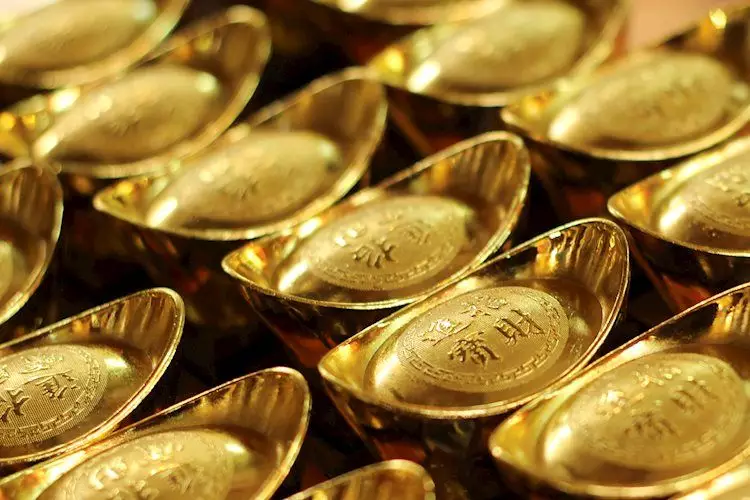On a recent Tuesday, an observable increase in gold prices was reported in Saudi Arabia, a trend that aligns with broader global market dynamics. The price per gram climbed to 318.09 Saudi Riyals (SAR), marking an uptick from 317.09 SAR the day before. Additionally, the cost per tola also saw a rise, moving from 3,698.45 SAR to 3,710.13 SAR in just one day. Such fluctuations highlight the responsive nature of gold prices to underlying economic variables and domestic market conditions as they adjust in tandem with international metrics.
The Mechanism Behind Price Fluctuations
The pricing of gold in Saudi Arabia is derived from a calculation method that incorporates international market values and applies them to local currencies. Published by FXStreet, these figures are influenced by real-time market assessments and are adjusted for local contexts, providing a barometer for those invested in or considering the purchase of gold. However, it’s worth noting that actual market conditions may result in discrepancies from the reported figures, making it critical for potential investors to stay informed.
Gold as a Historical Asset
Gold has held a prominent place in human society for millennia. Its dual role as both a store of value and medium of exchange has persisted throughout history. Beyond its physical attributes, like its lustrous sheen which makes it desirable for jewelry, gold is now prominently recognized as a safe-haven investment. During periods of economic uncertainty or market volatility, investors often flock to gold due to its stability. This perception of safety also extends to its status as a hedge against inflation and depreciating currencies, making it increasingly relevant in today’s financial landscape.
The Role of Central Banks in Gold Accumulation
Central banks have emerged as the primary holders of gold, driven by the need to fortify their currencies in uncertain times. A report by the World Gold Council indicates that in 2022, central banks around the globe accrued 1,136 tonnes of gold, correlating to an expenditure of approximately $70 billion. This record-breaking purchase signifies a strategic maneuver to bolster national economies and instill confidence in currencies. Countries experiencing rapid economic growth, particularly emerging markets like China, India, and Turkey, are significantly ramping up their gold reserves, indicating a shift in fiscal strategy toward tangible assets.
Gold’s value is inherently linked to fluctuations in the US dollar and US treasuries, serving as a key reference point for investors. The relationship is characterized by an inverse correlation, wherein a depreciating dollar tends to push gold prices upward, effectively rendering gold more attractive for diversification during tumultuous financial periods. As such, movements in currency rates directly impact gold valuations, effectively making the yellow metal a barometer for broader economic health.
Several factors influence the fluctuating price of gold, including geopolitical tensions and economic anxiety, both of which are particularly relevant in contemporary global discourse. Concerns over potential recessions or political instability can lead to sharp increases in gold prices as investors seek the relative safety afforded by gold. Additionally, interest rates play a crucial role; as interest rates decrease, the opportunity cost of holding gold (which generates no yield) diminishes, further propelling demand. Conversely, when rates rise, the attractiveness of holding gold may decline relative to interest-bearing assets.
The recent uptick in gold prices in Saudi Arabia underscores a broader narrative of economic insecurity and the quest for stability among investors. As historical evidence indicates, gold’s intrinsic value and allure persist, even amidst changing financial landscapes. The dynamics of currency valuation, central bank strategy, and market sentiment all intertwine to create a complex environment influencing gold pricing. As we move forward, staying informed about these factors will be crucial for understanding the future trajectory of gold in both local and global markets.

